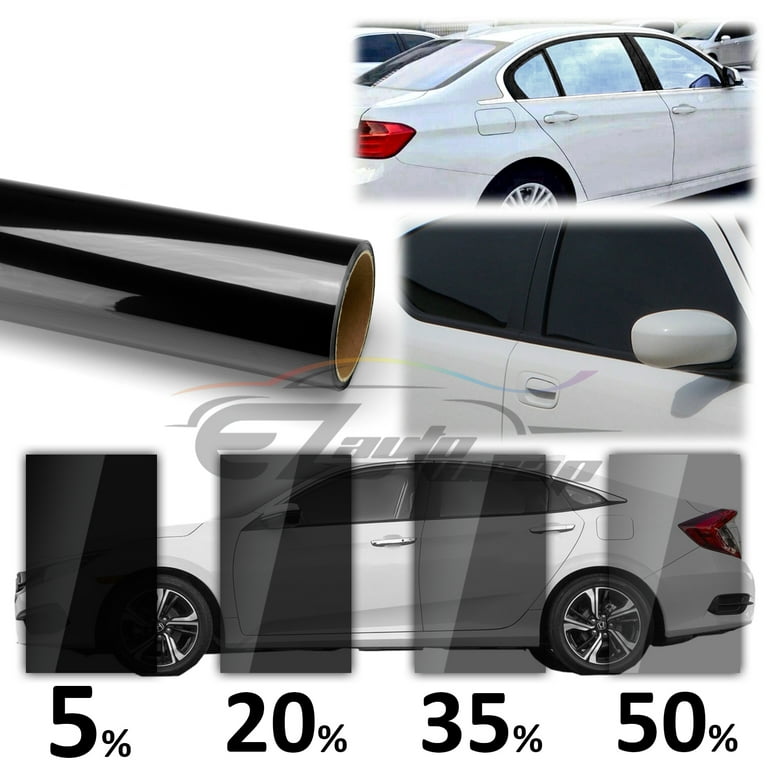Cost Effective Vehicle Window Tinting for every single Lorry Kind
Cost Effective Vehicle Window Tinting for every single Lorry Kind
Blog Article
Home Window Tinting Laws and Standards: What You Required to Know Prior To Tinting Your Auto
Prior to proceeding with home window tinting for your lorry, it is important to familiarize on your own with the varied legislations and standards that control this technique throughout different states. These policies determine the allowable levels of color darkness, typically gauged by noticeable light transmission (VLT) portions, and consist of particular stipulations for front windshields intended at guaranteeing roadway security.
Overview of Home Window Tinting Regulations
Home window tinting legislations are often subject to variant across different territories, mirroring neighborhood regulations and safety factors to consider. These regulations dictate the acceptable levels of tint darkness and reflectiveness on car home windows, ensuring that drivers maintain ample presence while additionally protecting versus hazardous UV rays and heat.
Most guidelines categorize window tinting based upon the Visible Light Transmission (VLT) portion, which indicates the amount of light that can pass via the window. Generally, lower VLT percents symbolize darker colors. Legislations often differentiate in between the front, side, and rear windows, with stricter restrictions used to the front windscreen to enhance safety for both the chauffeur and various other road customers.
Compliance with home window tinting policies is important, as offenses can result in penalties, obligatory removal of the tint, and potential rises in insurance premiums. It is essential for automobile proprietors to acquaint themselves with regional laws before continuing with home window tinting installations.
State-by-State Tint Rules
Recognizing the specific window tinting laws in each state is important for lorry owners seeking to follow the regulation. Each state in the united state has actually developed its very own collection of rules regulating window tinting, which can differ substantially. These policies typically dictate the permitted levels of color darkness, the kinds of home windows that can be tinted, and any kind of medical exceptions that might use.
As an example, states like California have strict restrictions on tint darkness for front windows, while others, such as New Mexico, may permit darker colors. Additionally, specific states mandate specific exposure percents for various windows, including the windscreen, front side home windows, and rear windows. It is crucial for automobile owners to acquaint themselves with their state's laws to prevent prospective fines or penalties.
In addition, some states might need an accreditation sticker label to be positioned on colored windows, suggesting compliance with state laws. Failure to abide by these regulations not just runs the risk of lawful effects yet can also affect safety and exposure while driving. Automobile owners must perform thorough research study or consult local authorities to guarantee full understanding and conformity with state-by-state color laws.
Allowed Color Kinds and levels
Numerous lorry proprietors may be surprised to find out that enabled tint levels and kinds differ commonly across different states. Each state has actually established its own guidelines pertaining to the acceptable darkness and reflectivity of window color, commonly determined by Visible find here Light Transmission (VLT) portions. VLT describes the quantity of light that can pass through the colored windows; therefore, a lower percent suggests a darker color.

Moreover, the kinds of tint products permitted can differ, with some states prohibiting mirror-like or metallic coatings. It is crucial for automobile owners to familiarize themselves with their state's details legislations to guarantee compliance. Non-compliance can result in fines, obligatory elimination of the color, or other lawful consequences, making it crucial to understand these laws before waging setup.
Medical Exemptions for Tinting
While not all states give allowances for medical exceptions relating to window tinting, those that do acknowledge the requirement for details people to boost visibility and comfort because of medical problems. Different medical conditions, such as lupus, skin cancer, and particular eye disorders, can make people especially sensitive to sunshine. These individuals might require darker tints to protect themselves from harmful UV rays and glare.

It is essential to note that also with a clinical exemption, there may still be restrictions on the level of tint enabled. Conformity with state regulations ensures that individuals are both safeguarded and within lawful restrictions. Those taking into consideration medical exceptions ought to call their regional Division of Motor Cars or equal authority to recognize the procedures and demands essential to obtain an exception properly.
Penalties for Non-Compliance
Stopping working to abide by window tinting laws can lead to substantial fines, which differ by state. Legislation enforcement companies are empowered to provide citations for cars that do not comply with the defined tinting policies. These penalties commonly include penalties, which can range from modest total up to several hundred bucks, relying on the severity of the violation and the state concerned.
In some jurisdictions, repeated offenses may lead to escalating penalties or extra charges, such as mandatory court looks. In addition, non-compliance may demand the removal of unlawful tinting, commonly at the owner's cost. In severe cases, regular culprits might encounter suspension of their vehicle registration up until conformity is attained.
In addition, insurance implications may occur from getting numerous citations for home window tint infractions. Insurance firms might check out such offenses as an indicator Click This Link of riskier behavior, potentially causing raised premiums or problem in protection.
To stay clear of these penalties, it is vital for automobile proprietors to familiarize themselves with their neighborhood home window tinting laws and guarantee that their lorry complies (Window Tinting). This proactive technique not only avoids lawful ramifications however additionally promotes roadway safety and security
Conclusion

A lot of policies classify window tinting based on the Visible Light Transmission (VLT) percent, which suggests the amount of light that can pass through the home window. Conformity with window tinting laws is crucial, as infractions can result in penalties, compulsory elimination of the tint, and possible rises in insurance costs.Recognizing the specific window tinting regulations in each state is vital for vehicle proprietors seeking to conform with the legislation. These regulations often dictate the permitted levels of tint darkness, the types of home windows that can be tinted, and any kind of medical exemptions that might apply.
For circumstances, states like The golden state have stringent restrictions on tint darkness for front windows, while others, such as New Mexico, might enable darker tints.
Report this page